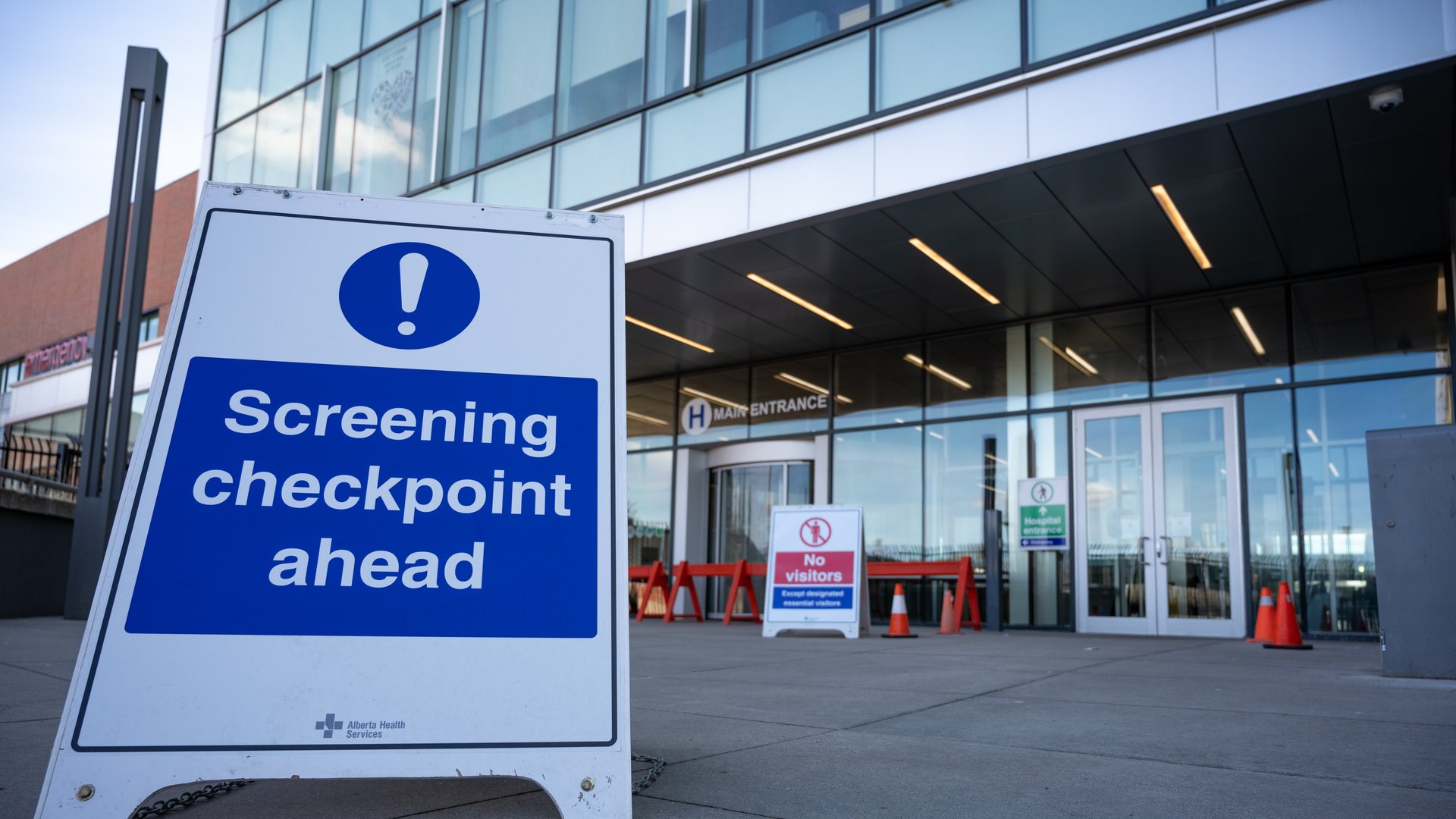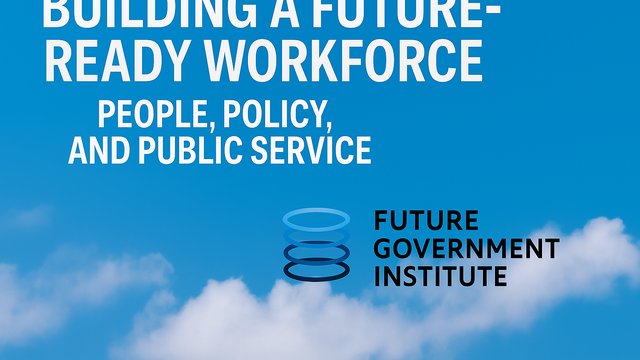

Rapidly building an online COVID-19 self-assessment tool
When the COVID-19 pandemic hit Canada and the rest of the world, it came as a shock, with many unknowns. Though a COVID-19 test was quickly developed, most people still didn’t know whether they should be taking the test. They also didn’t know how the pandemic differed from the flu or other known diseases. Alberta Health Services (AHS) developed their COVID-19 online self-assessment tool1 to empower Albertans in a time when everything was unknown, said Ammneh Azeim, the Digital Experience Lead at AHS. The tool is still in active use today.
The first two cases of COVID-19 in Alberta were identified on Thursday, March 5th, 2020. This was a time of great fear, with lots of calls coming into our 811 healthcare system. We wanted to bring some calm and help guide people through this. Already by the weekend, we were thinking about the best way to help our 811 team.
The AHS website contained some information about symptoms, but it wasn’t sufficient. So, on Monday morning my team started building algorithms, logic and the flow of a prototype. By the end of that first day, the idea for a self-assessment tool had support from our executive leadership. This support allowed the team to connect with the chief medical officer and others in the public health team, which was necessary to ensure the tool had the appropriate specifications.
By that point it was clear that the tool had to be developed in just two days, so the team got busy. We worked day and night. After the first two days an initial tool was developed, but then the scope was expanded to gather more demographic information. Next there was a big meeting with all the stakeholders of AHS present, including the legal division. Further changes came out of that meeting, and though everyone was tired, there were issues that needed to be resolved.
On Friday, March 13th, less than a week after beginning to work on the project, my senior director called me at 2 PM and asked if we were good to go. I said yes. The Minister and Alberta’s chief medical officer launched the tool later that afternoon.
From the outset, the point of the tool was to make it easier for Albertans to find out information about the pandemic, and to allay fears. Therefore, although much of the information was complicated and potentially confusing, we used super simple language to guide people about their symptoms.
It was clearly a highly needed tool because as soon as we launched, we started getting an overwhelming amount of positive feedback. In just a couple of hours we had more than 430,000 users. Some of the positive feedback included people saying that the tool made them feel good about the world for a moment, despite all the uncertainty. It was really rewarding to hear that. Surprisingly though, some of the feedback and usage also came from other jurisdictions. By days six and seven, we were sharing our code, content and logic with pretty much the majority of the jurisdictions nationally as well as internationally.
By late Friday night it was clear that there would be more work to do. Soon after launching, content updates needed to be made. As the pandemic evolved and spread globally, Alberta’s testing strategy was evolving as well, so the tool needed to reflect that. Furthermore, we needed an addition to the tool for healthcare workers and other workers, so there was more complicated logic required there. Then some weeks later, it was decided that we should add a booking module for appointments too, so we changed our backend solutions. This change was quite a lot of work. However, it allowed people to get their confirmations via text messages.
As the tool grew and expanded, the team also increased in size and scope, but the citizen experience remained at the core. The booking module for COVID-19 testing was later also updated to be used for vaccine bookings. More than 18 months later, there is still a team working on the tool, updating our processes every day as Alberta’s testing strategies continue to evolve.
Five lessons from building the tool
The successful development of the tool taught AHS five lessons about how to get things done:
Be bold and show the art of possibility – Successful deployment all comes done to a good idea… We started with thinking about who our audience is and [whether we are] meeting their needs. When it was clear that the idea was good and it was a solution that people would need, then it was time to put our fears aside, to believe in ourselves and in our team, and to move forward. This sounds risky and it is, but the worst is when you’re not taking a risk and you’re putting your users at greater risk because you are not taking any action. There will always be hurdles to overcome, but that is what is necessary to succeed.
Keep it simple – Health information by its nature is often complex, but your citizens will thank you for keeping it simple and easy to understand. It may take longer to simplify things. However, with a simple solution you can generally change things quickly. Often we layer technology which makes it hard to [react] when circumstances change. Keeping things simple allows for better response times.
There is unity in diversity – In the public sector we tend to work with a lot of diverse folks. At AHS that includes people with medical, educational, policy, and technology backgrounds. To create a successful product, everybody needs to be part of the conversation. At the same time, we need to be very strategic in how we engage people. Having everyone discuss every element is a waste of time, but engaging with them when required was critical. As the project evolved, our engagement had to evolve too.
Have your user advocates involved in every stage – Often, citizen experience people might only get engaged a bit later in the project, when the solution has already been considered. However, it is it way more beneficial that the digital experience folks are actually at the table from the beginning, when we’re thinking of the solution. That allows us to build a product that will be quite impactful.
Manage energy and build connections – As a developer, your job is not done when the product is launched. All the parts need to come together for a good user experience at the end. To get there, you need to make connections between the IT, communications, marketing teams and everyone else. You need to make sure everybody is feeling comfortable and things are clear in terms of what they need to do and what their contribution is towards to the end product. That means creating clarity, accessibility and sometimes laughter. Don’t take everything too seriously.
At the end of the day, we have done our research, gathered the feedback from citizens, we have come up with a really good idea, and it’s going to make an impact. Regularly in the public sector there are so many great opportunities to make an impact. In many ways it’s almost like running a marathon, but there will be hurdles along the way. They shouldn’t be an impediment. You should stop only when you are done, and when you finish your marathon, you can end there or sign up for the next one.
Ammneh Azeim, Digital Experience Lead, Alberta Health Services (AHS)
Featured speaker:
Ammneh Azeim, Digital Experience Lead, Alberta Health Services (AHS)































